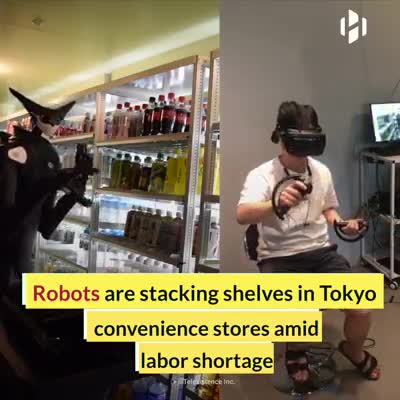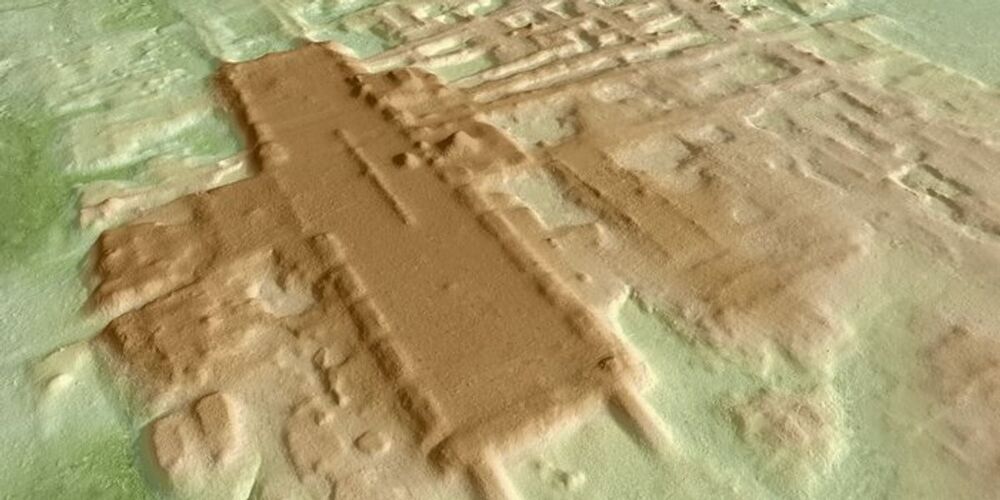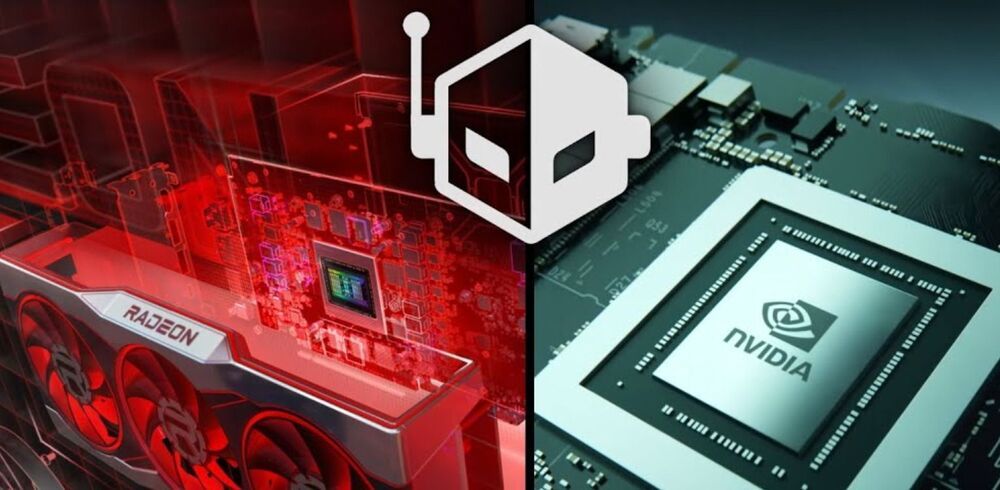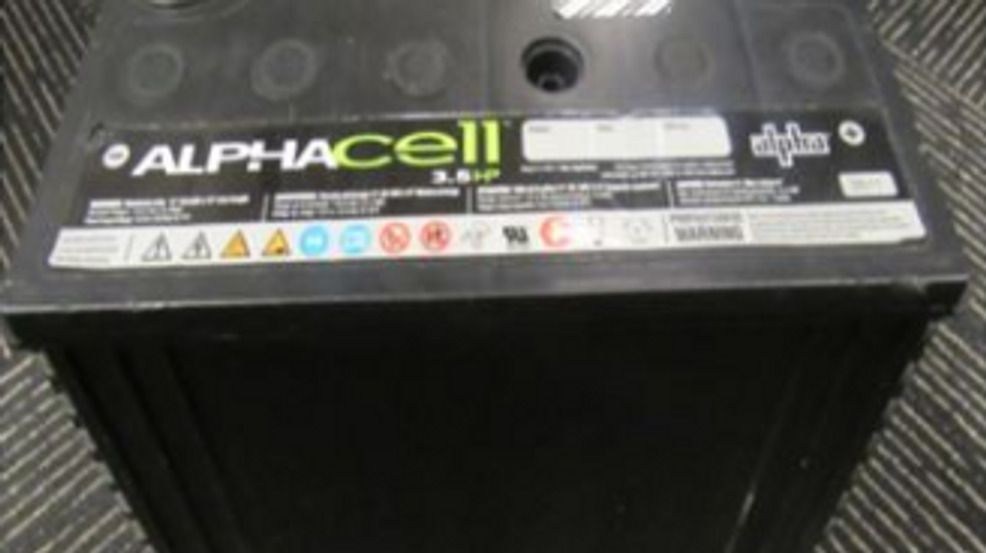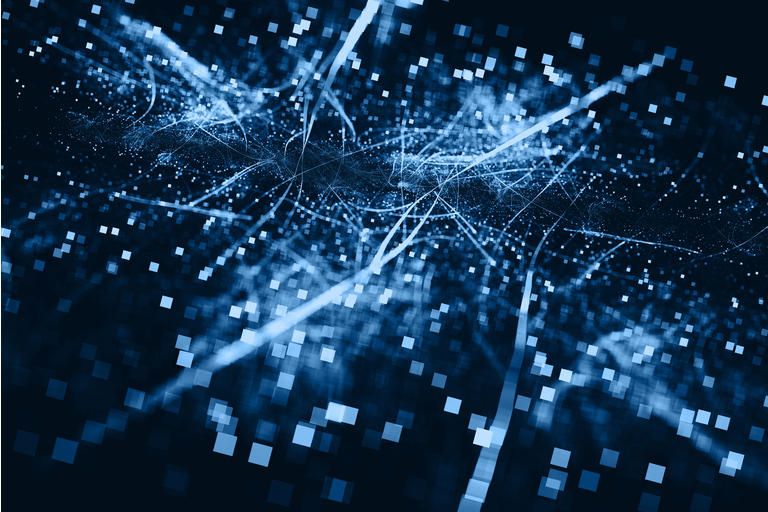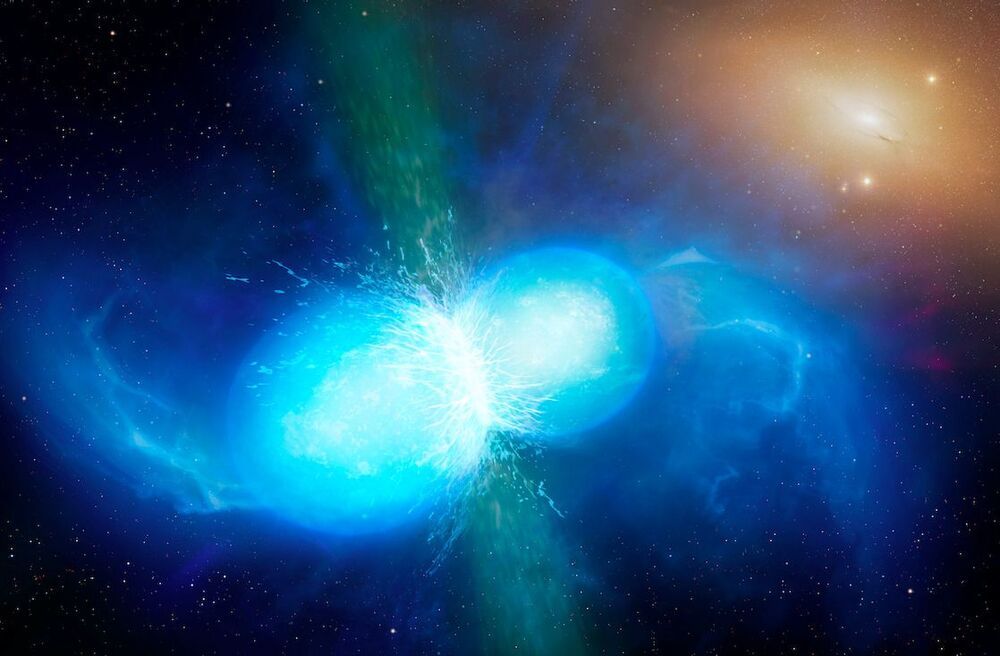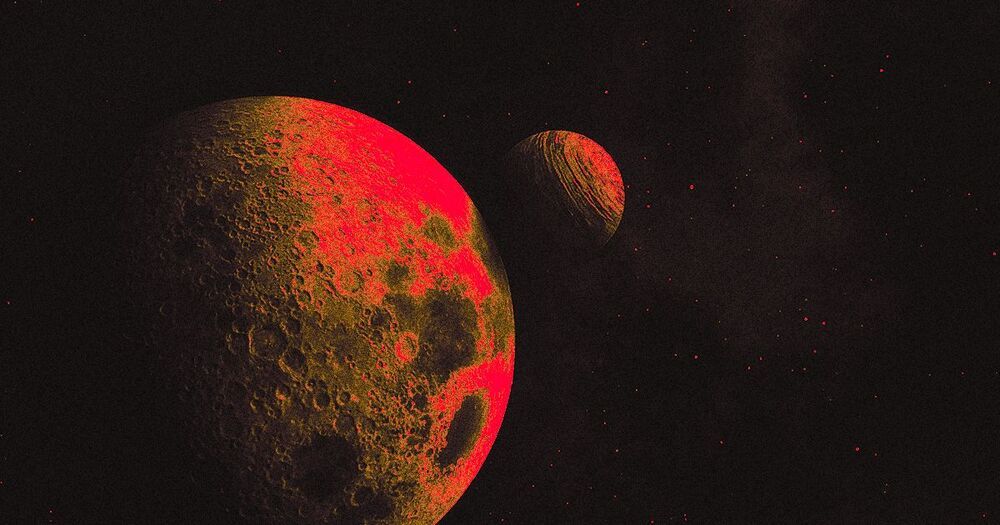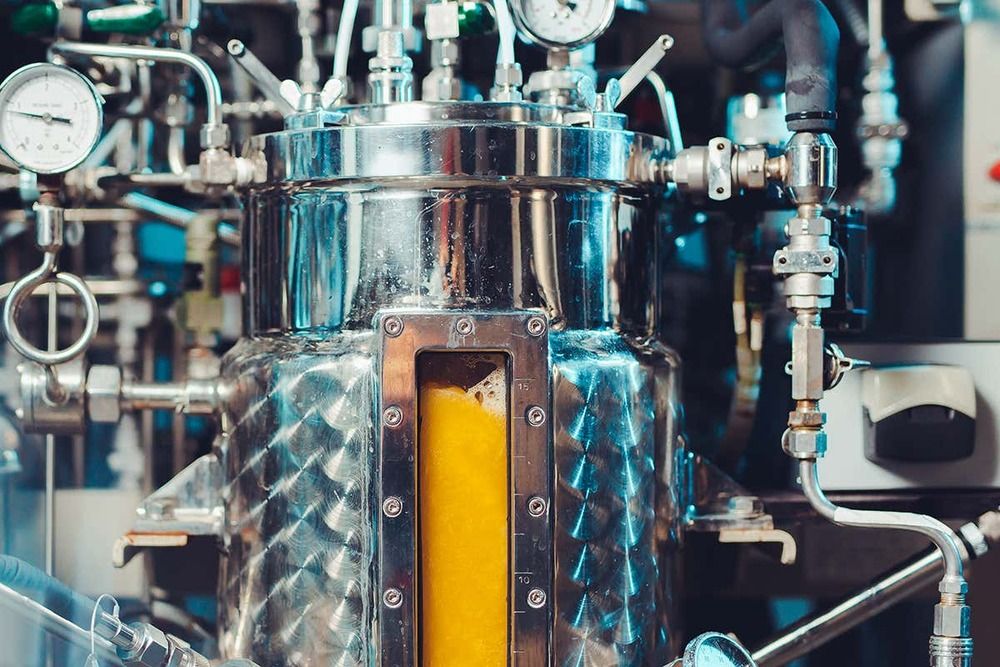Researchers discover a massive ceremonial structure of the ancient Mayans using lasers.
What Everyone Should Know
Posted in biotech/medical
Shingles vaccination is the only way to protect against shingles and postherpetic neuralgia (PHN), the most common complication from shingles. CDC recommends that healthy adults 50 years and older get two doses of the shingles vaccine called Shingrix (recombinant zoster vaccine), separated by 2 to 6 months, to prevent shingles and the complications from the disease. Your doctor or pharmacist can give you Shingrix as a shot in your upper arm.
Shingrix provides strong protection against shingles and PHN. Two doses of Shingrix is more than 90% effective at preventing shingles and PHN. Protection stays above 85% for at least the first four years after you get vaccinated.
AMD & NVIDIA graphics card prices are showing signs of recovery with improves supply & availability as we enter the third quarter of 2021.
AMD & NVIDIA graphics card prices are showing signs of recovery as we enter the third quarter of 2021. Based on 3DCenter’s latest report, it looks like the worst is over and GPU supply is returning to normal as seen on various European retailers.
AMD & NVIDIA Graphics Card Prices Returning To Normal As GPU Market Shows Signs of Recovery, Availability and Supply Improving Too
Just last month, we had seen the graphics card prices peak to an insane three times over the MSRP. While GPU shortages were primarily to blame, the cryptocurrency and gaming demand both led to insane price hikes for AMD and NVIDIA graphics cards across the globe. NVIDIA’s GeForce graphics cards peaked at over 3x the MSRP while AMD graphics cards peaked at over 2x the MSRP but in the latest reports, we see continued improvement but there’s still a long way to go before we see these cards back at their official MSRPs.
| by KSNV NEWS 3, LAS VEGAS.
RENO (AP) — A battery recycling company founded by a former executive at Tesla Inc. broke ground on 100 acres (40 hectares) of land at an industrial park near Reno as part of its expansion plan.
Redwood Materials, which was founded in Nevada in 2017, is expecting its operations to continue growing with a boost in used battery packs from older electric vehicles, the Reno-Gazette Journal reported.
As a result, the company plans to expand its facilities and increase its workforce from just over 100 employees to more than 600 in the next couple of years. In addition to the acquisition at the Tahoe-Reno Industrial Center, the company is also undertaking a major project in Carson City to expand its 150000-square-foot facility (13935-square-meter) to 550000 square feet (51000 square meters) within the next two years.
Tesla (TSLA) CEO Elon Musk says the company is looking at holding a Tesla AI Day in about a month or so. Read details.
Using observations from radio astronomy and gravitational waves we can get a better picture of the population of double neutron stars. PhD student Shanika Galaudage discusses her latest research on how to combine these observations — with the key in understanding how these systems evolve.
Turning air into protein with electricity from solar panels would take a tenth of the land required to grow that protein the conventional way, according to a new analysis.
Lawrence Livermore National Laboratory engineers have designed a new kind of laser-driven semiconductor switch that can theoretically achieve higher speeds at higher voltages than existing photoconductive devices. If the device could be realized, it could be miniaturized and incorporated into satellites to enable communication systems beyond 5G, potentially transferring more data at a faster rate and over longer distances, according to researchers. Credit: LLNL
Lawrence Livermore National Laboratory (LLNL) engineers have designed a new kind of laser-driven semiconductor switch that can theoretically achieve higher speeds at higher voltages than existing photoconductive devices. The development of such a device could enable next-generation satellite communication systems capable of transferring more data at a faster rate, and over longer distances, according to the research team.
Scientists at LLNL and the University of Illinois Urbana-Champaign (UIUC) reported on the design and simulation of the novel photoconductive device in a paper published in the IEEE Journal of the Electron Devices Society. The device utilizes a high-powered laser to generate an electron charge cloud in the base material gallium nitride while under extreme electric fields.
